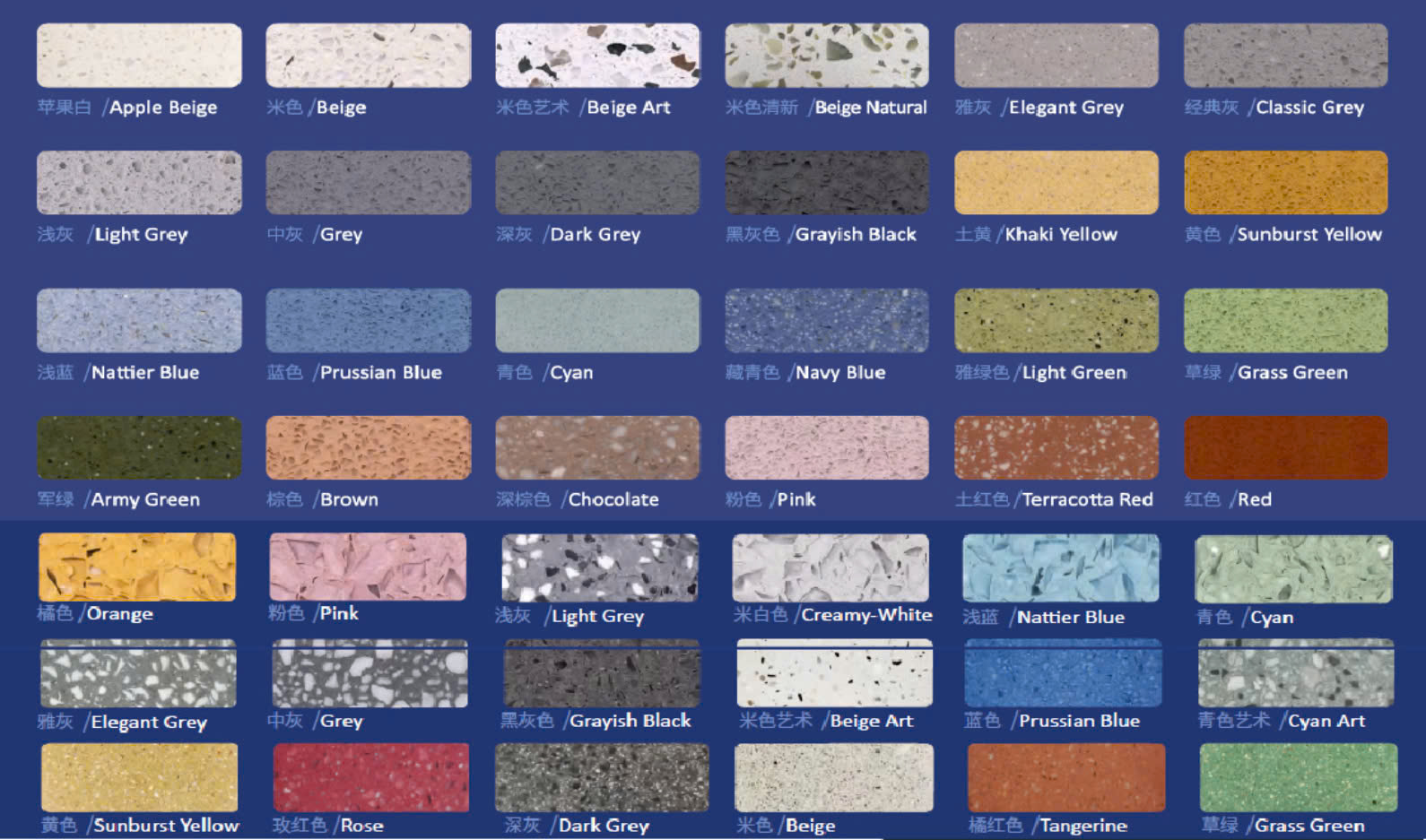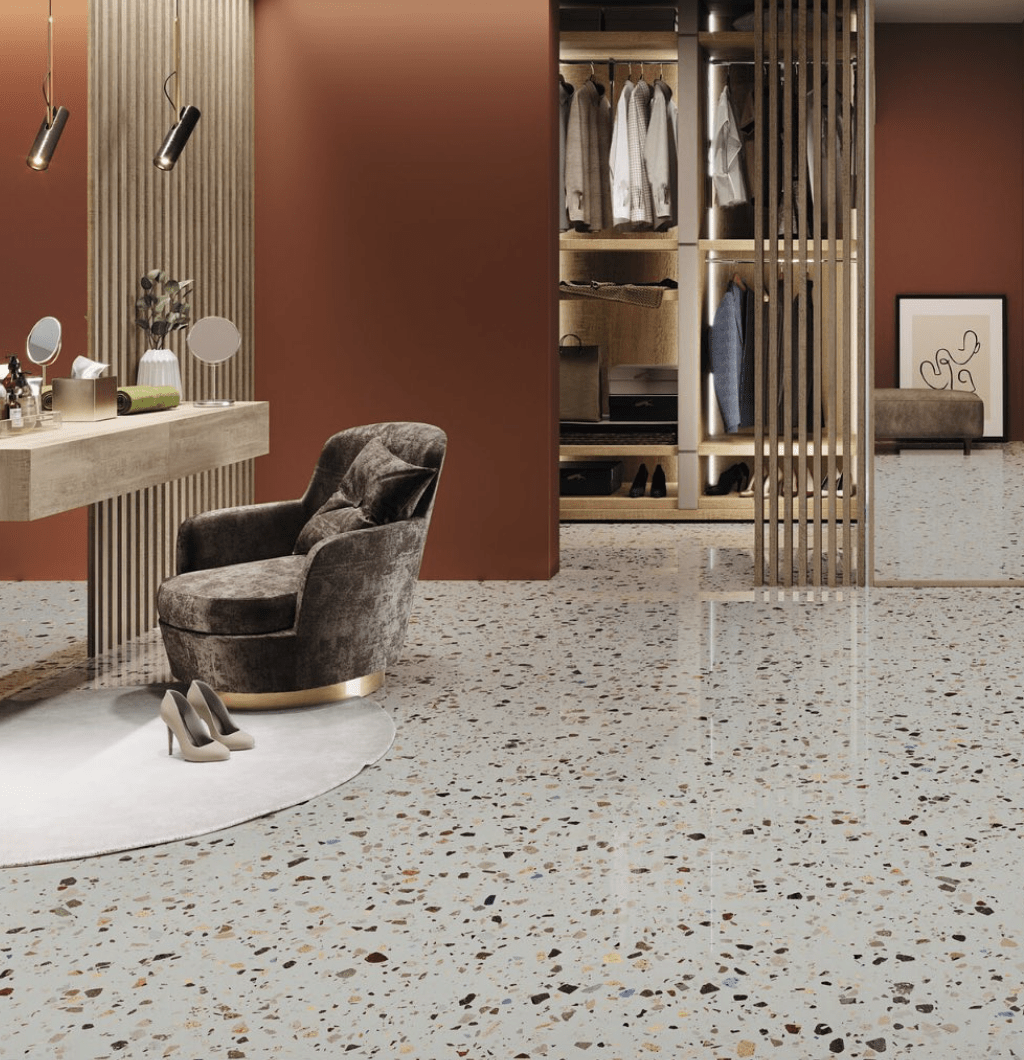Terrazzo Flooring: The Optimal Solution for Modern Spaces
Today, each architectural project carries the aspirations and personality of its owner. Choosing Terrazzo Flooring to complete an architectural space is becoming increasingly popular due to its durability and versatile design. This article will help you understand more about Terrazzo flooring, from its origins and pros and cons to its practical applications in various spaces. Let’s explore with Artem D&C!
What is Terrazzo Flooring?
Terrazzo flooring is made from a mixture of cement, sand, and stone chips (primarily marble and granite) along with coloring agents. After being poured and smoothed, this mixture creates a unique, shiny, and highly durable surface. Terrazzo first appeared in Italy in the 15th century and quickly became a popular choice for large projects, from residential homes to commercial buildings.
Advantages of Terrazzo Flooring
High Durability: Terrazzo flooring can withstand heavy loads and is resistant to scratching, making it ideal for high-traffic areas such as hotel lobbies and shopping centers.
Aesthetic Versatility: With the ability to blend colors and materials flexibly, Terrazzo flooring can create a wide variety of patterns and designs, suitable for different design styles.

Easy Maintenance: The surface of Terrazzo flooring is easy to clean and maintain, requiring only regular wiping to keep it shiny.
Environmentally Friendly: The materials used in Terrazzo flooring are often recycled products, helping to reduce negative environmental impacts.
Disadvantages of Terrazzo Flooring
High Initial Investment Cost: Despite its many advantages, the initial installation cost of Terrazzo flooring is quite high compared to other types of flooring.
Professional Installation Required: To ensure the quality and durability of the floor, installation must be carried out by experienced and skilled craftsmen.
Applications of Terrazzo Flooring

In Residential Homes: Terrazzo flooring is widely used in spaces such as living rooms, kitchens, and bathrooms due to its aesthetic appeal and high durability.
In Commercial Spaces: Shopping centers, hotels, and restaurants often choose Terrazzo flooring to create a luxurious and modern appearance.
Outdoor Areas: Terrazzo flooring can also be used in outdoor areas such as walkways and gardens, thanks to its good water and heat resistance.
Conclusion
Terrazzo flooring is an ideal solution for those seeking a combination of aesthetics and durability. With its diverse designs, easy maintenance, and environmental friendliness, Terrazzo flooring will undoubtedly continue to be a trend in interior design for years to come. If you are considering choosing the right flooring for your space, Terrazzo flooring is certainly a choice not to be overlooked.
Contact us for detailed consultation and the best quotes for your project!
